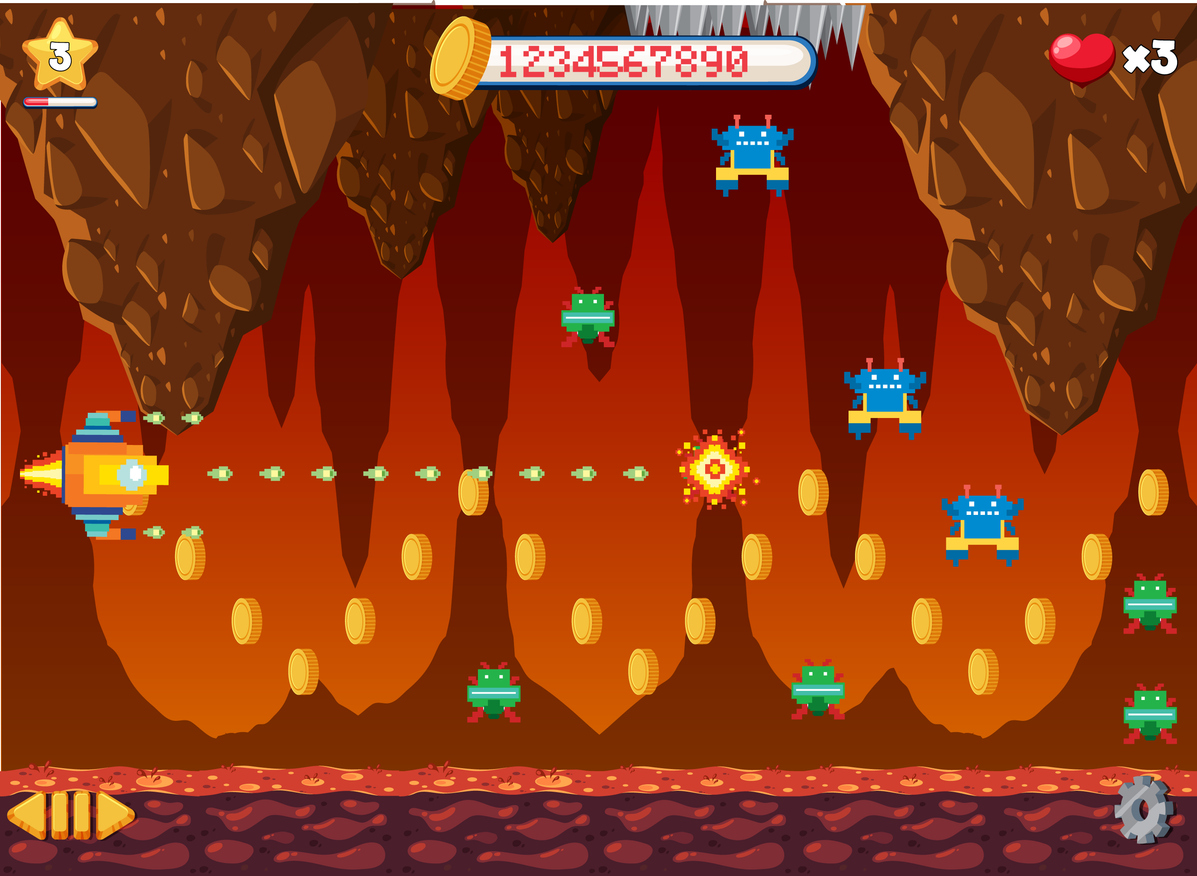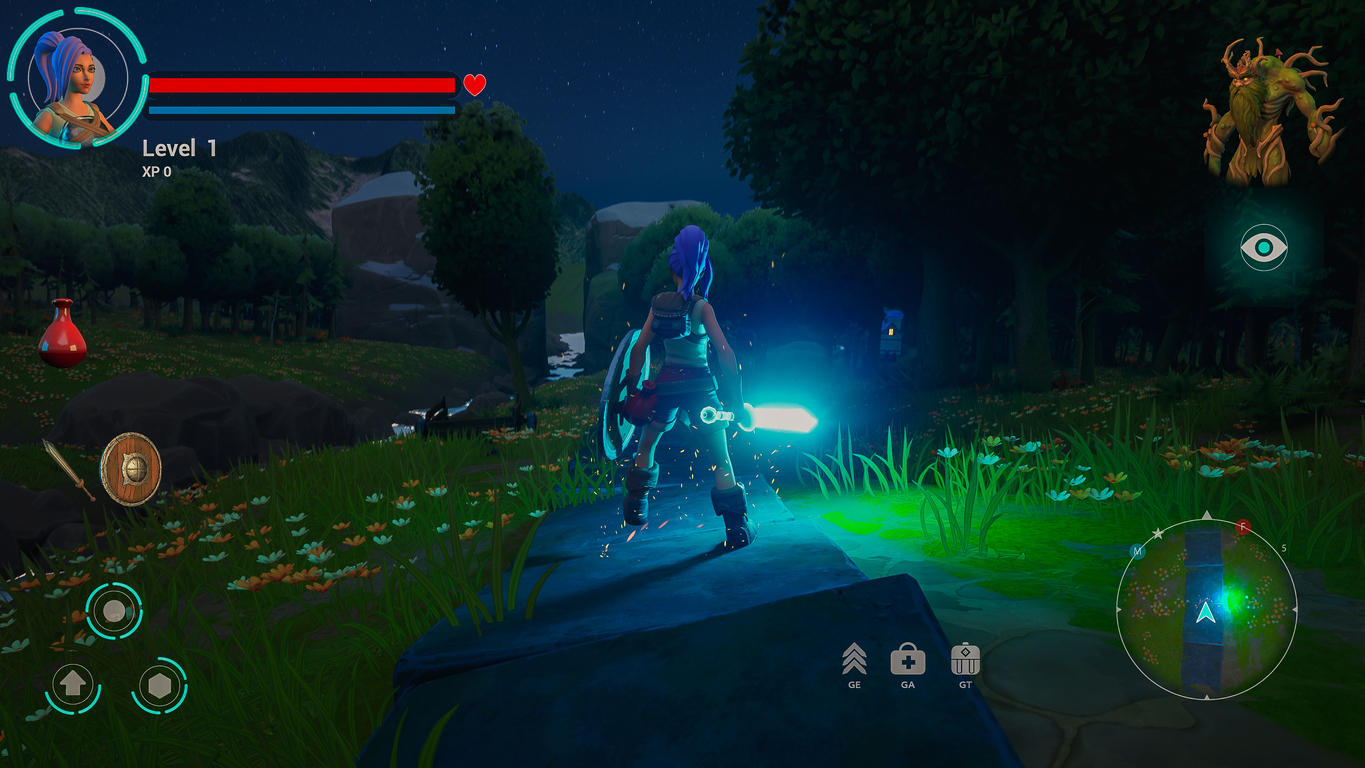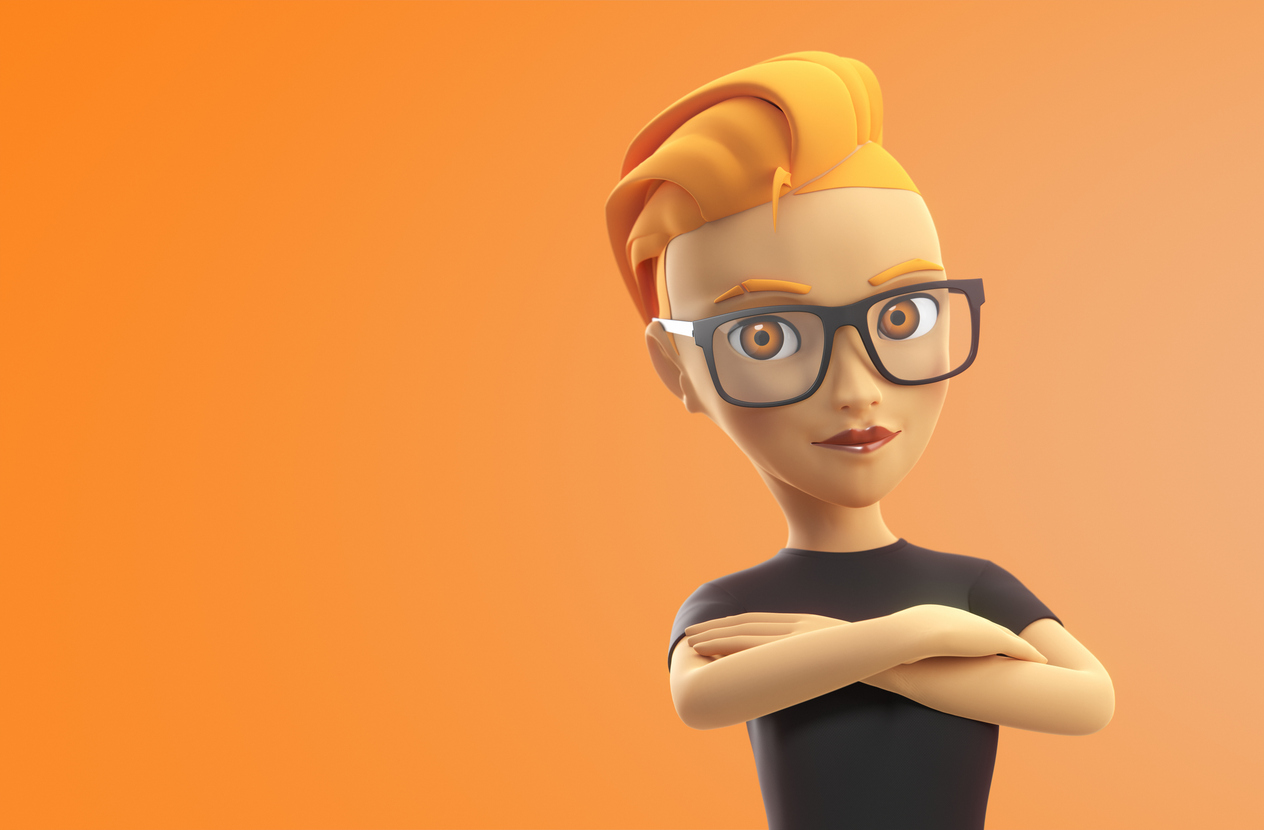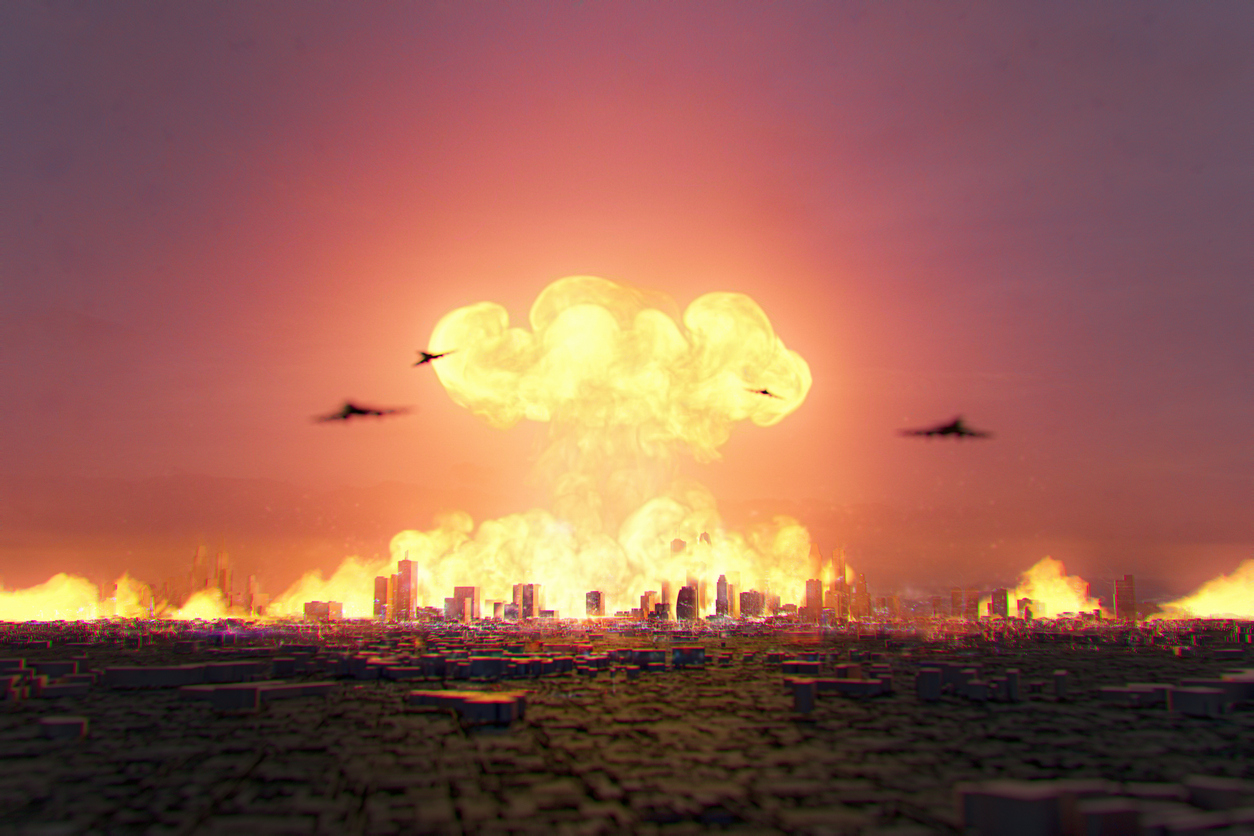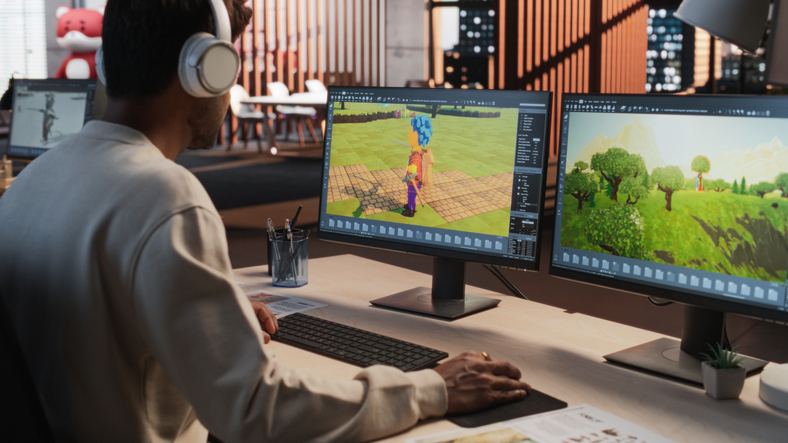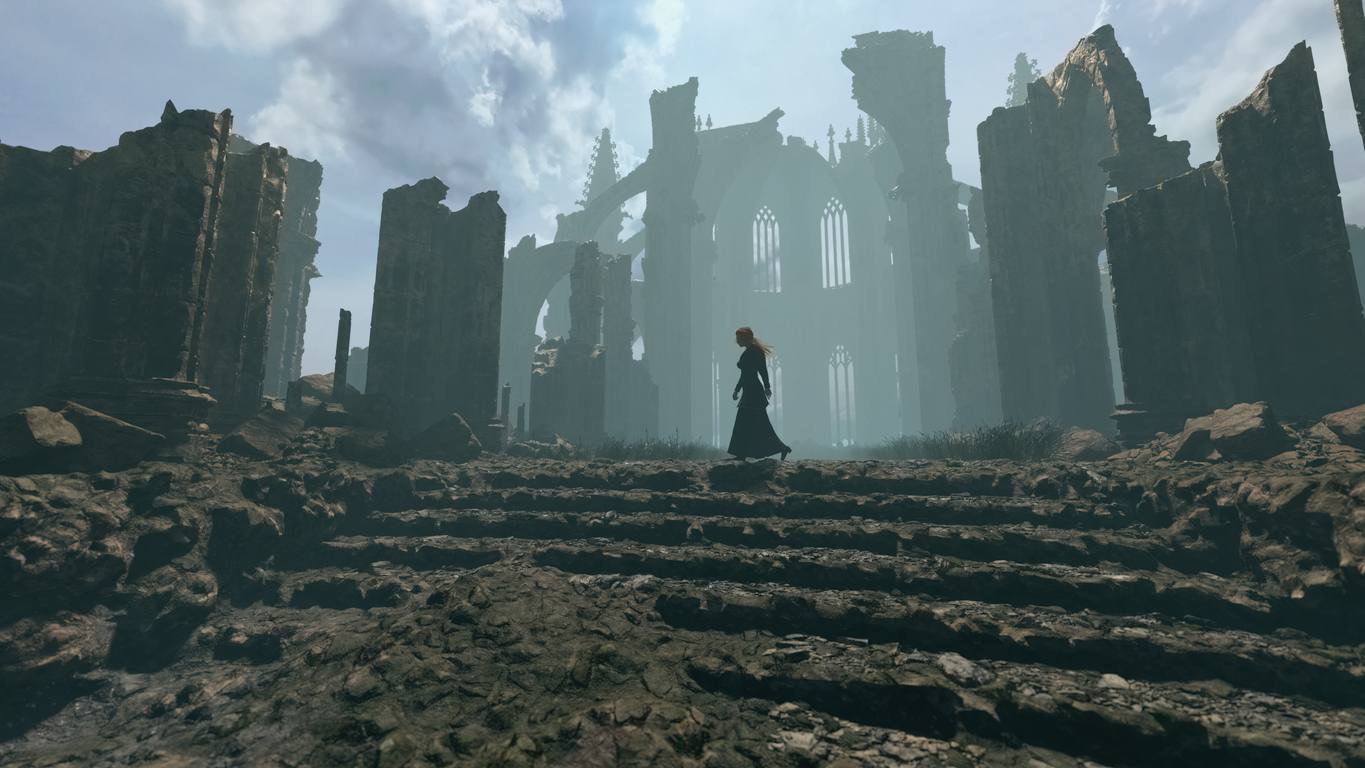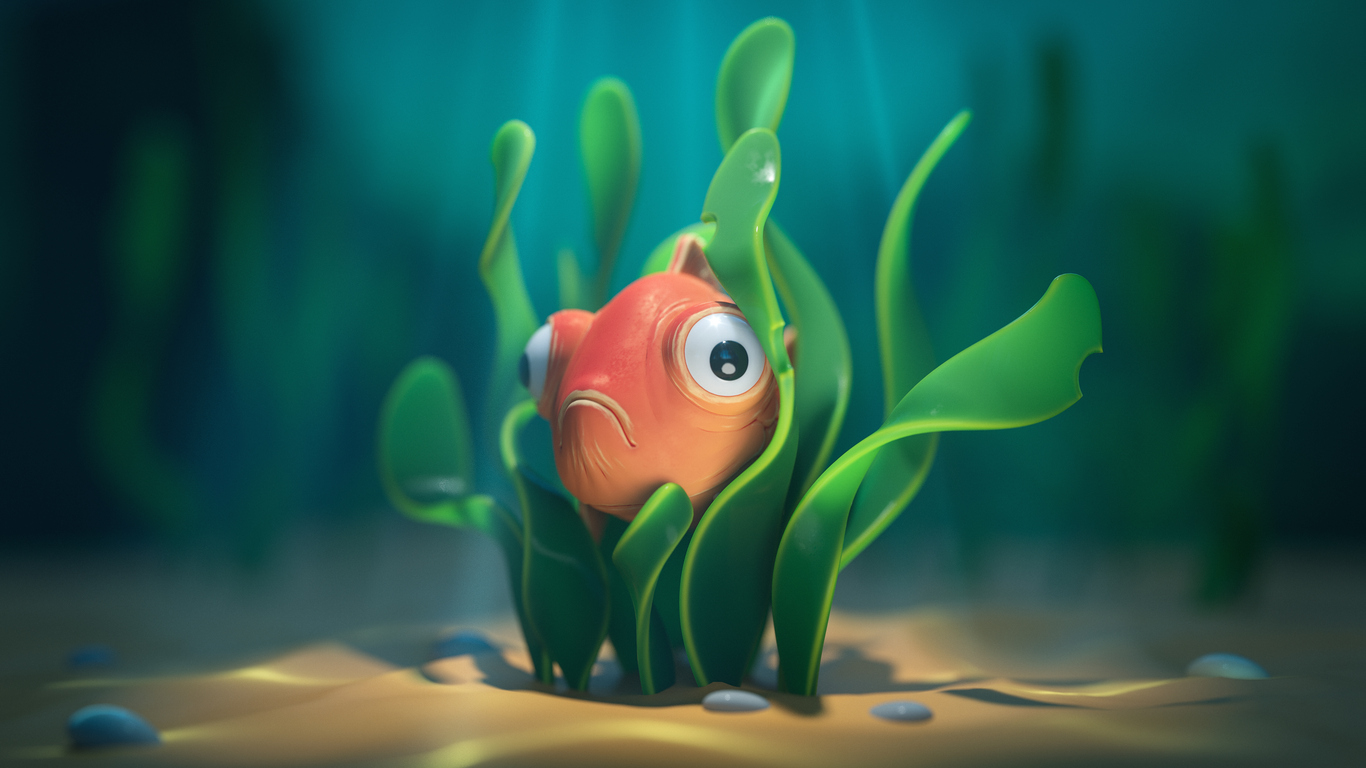Have you ever played a video game so engaging that you completely lost track of time? You got swept away by a cinematic storyline, enchanted by the stunning visual environments, or addicted to the seamless gameplay mechanics. Behind these captivating experiences lies not just the creative vision of talented designers but also the powerful software tools they use to bring games to life. For anyone dreaming of entering the dynamic world of game design, mastering the right software is non-negotiable. Whether you are an aspiring artist, a tech-savvy coder, or a passionate storyteller, learning industry-standard tools is what sets hobbyists apart from professional game designers.
This article will explore the essential software to learn for a career in game design, we will walk you through why these tools matter, what makes each unique, and how they will prepare you to join the ranks of Canada's thriving game development industry.
What is Game Design Software?
Game design software refers to the programs and platforms used by developers, artists, animators, and designers to build the games we love. These tools cover a wide range of functions, including:
Game design software bridges the gap between imagination and execution, allowing designers to visualize concepts, experiment with mechanics, and polish projects for commercial release. Whether working on an AAA console title or a small indie game, these tools are the backbone of every successful game development project.
Why Learning Game Design Software is So Important
You might be wondering, do you need a degree to become a game developer? While the short answer is no, the more honest answer is that you do need practical, job-ready skills to break into the game development industry and software mastery is at the heart of that. Here is why learning game design software is crucial:
-
Industry Expectation: Employers expect applicants to know industry-standard tools like Unreal Engine, Unity, Maya, and Substance Painter. This knowledge gives you a competitive edge in a crowded job market.
-
Creative Expression: The more comfortable you are with software, the more freely you can express your creative ideas without being limited by technical barriers.
-
Team Collaboration: Game development is rarely a solo endeavour. Familiarity with shared software ensures smooth collaboration with artists, animators, sound designers, and programmers.
-
Portfolio Building: Your portfolio is your most powerful tool when applying for jobs. Mastery of professional software allows you to create high-quality, polished projects that display your talent.
-
Future-Proofing Your Career: As the industry evolves, software continues to improve and expand. Building a solid foundation in today's leading tools ensures you are adaptable for tomorrow's innovations.
Let us now explore the best software to learn for a career in game design, all of which are featured in VCAD's Game Development and Design Diploma program.
Best Software to Learn for a Career in Game Design
In the dynamic world of game design, mastering the right software tools is essential to transform creativity into playable, immersive experiences. From sculpting lifelike characters to building vast virtual worlds, these tools serve as the backbone of the entire development process. Below, we explore the top industry-standard software taught in VCAD’s Game Development and Design Diploma program, the very tools that can help launch your career in the thriving gaming industry. Let us dive in!
Unreal Engine
Unreal Engine, developed by Epic Games, is one of the world's most powerful and widely used game engines. Known for its innovative graphics, real-time rendering, and Blueprints visual scripting system, Unreal Engine is the go-to choice for AAA studios creating large-scale, visually stunning games. Why it is essential:
-
Offers cross-platform support for PC, consoles, mobile, VR, and AR
At VCAD, students use Unreal Engine to experiment with high-fidelity graphics, advanced gameplay systems, and immersive world-building projects, gaining real-world experience that is invaluable to employers.
Maya
Maya is the industry gold standard for 3D animation, modelling, simulation, and rendering. Used in both game development and film, Maya gives artists unparalleled control over characters, environments, and visual effects. Why it is essential:
Through VCAD's hands-on projects, students use Maya to sculpt detailed models and bring them to life through animation, preparing them for roles as 3D artists, animators, or environment designers.
Z-Brush
Z-Brush is a digital sculpting tool known for its ability to create intricate, high-resolution models. Artists use Z-Brush to add excellent details like wrinkles, pores, and textures to characters and environments. Why it is essential:
At VCAD, students harness Z-Brush to create lifelike character models, elevating the visual storytelling potential of their games.
Red Shift
Red Shift is a GPU-accelerated rendering engine designed to deliver fast, high-quality renders of complex 3D scenes. It is a vital tool for ensuring that game assets look stunning, both during development and in the final product. Why it is essential:
Students at VCAD learn how to use Red Shift to enhance the visual polish of their projects, ensuring their portfolio pieces are visually competitive.
Houdini
Houdini is renowned for its procedural generation capabilities and is used for creating complex simulations like explosions, smoke, and water effects. Major studios rely on Houdini for its flexibility and power. Why it is essential:
By mastering Houdini at VCAD, students gain experience in creating cinematic-quality effects and dynamic game environments.
Substance Designer & Substance Painter
The Substance suite, including Substance Designer and Substance Painter, is the go-to solution for creating detailed, realistic textures and materials. Why it is essential:
-
Substance Designer: Allows artists to create procedural textures that can be reused and modified across projects
-
Substance Painter: Lets artists paint textures directly onto 3D models, offering real-time feedback and advanced material layering
-
Widely integrated with tools like Maya, Unreal, and Unity
VCAD students use these tools to bring an extra layer of realism to their assets, creating eye-catching surfaces and textures that stand out.
Unity
Unity is one of the most popular cross-platform game engines, used by indie developers and major studios alike. Known for its flexibility and ease of use, Unity is particularly strong in mobile game development, VR/AR applications, and 2D games. Why it is essential:
At VCAD, students use Unity to prototype games, implement gameplay mechanics, and experiment with mobile and VR development, gaining a versatile skill set.
How VCAD’s Game Development and Design Diploma Prepares You for the Industry
Now that we have covered the top software tools, let us explore how VCAD's Game Development and Design Diploma uniquely prepares students for success.
Practical, Hands-On Learning
From the very first term, students dive into practical projects that simulate real-world game development workflows. By actively using tools like Unreal, Unity, Maya, and Substance Painter, students learn not just the theory but the actual practice of game design.
Expert Mentorship
VCAD's instructors are seasoned professionals with experience in both AAA studios and indie projects. They provide guidance, insider tips, and industry-relevantfeedback, helping students avoid common pitfalls and master advanced techniques.
Portfolio Development
Graduates leave the program with a professional-grade portfolio featuring fully realized game projects, 3D models, textures, and animations. This portfolio becomes the key to unlocking job opportunities, as it is the first thing employers look at when hiring.
Career Support
VCAD offers career placement assistance, networking events, and internship opportunities, helping students transition smoothly from the classroom to the workforce. With Canada’s gaming industry booming, these connections are invaluable.
Flexible, Accelerated Learning
With options for online or in-person learning and a focused 72-week timeline, students can complete their diploma and launch their careers in under two years — faster than a traditional four-year degree.
Final Thoughts
At VCAD, the Game Development and Design Diploma is designed to arm you with the knowledge, tools, and confidence to step into the professional gaming world. By mastering key software like Unreal Engine, Maya, Z-Brush, Red Shift, Houdini, Substance Designer & Painter, and Unity, you will graduate ready to compete, create, and innovate. If you are passionate about video games and dream of making your mark in this exciting industry, now is the perfect time to take the next step. Apply to VCAD today and turn your love of gaming into a successful, fulfilling career. Your future in game design awaits!
